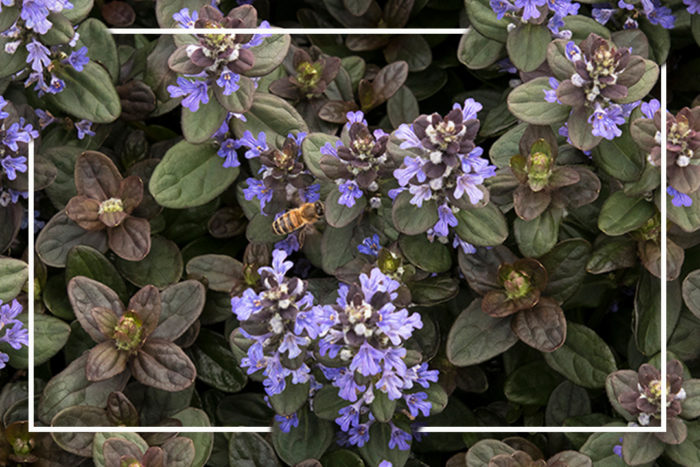
After a long cold winter, pollinators are on the wing looking for food. Early spring nectar is particularly important for early-emerging queen bumble bees and other solitary bees, as well some butterflies, and pollinator flies and beetles. When daytime temperatures edge up into the 50 degree+ mark you might notice them buzzing about. Their options are limited in these very early months before the flowering fruit trees kick into bloom, but if you’ll plant a few of the nectar sources below, you can help them start the season all fat and happy.
These are just a small selection of plants that are valuable sources of early season nectar. Please consult with your local garden center for even more great option. Plants here are divided by groups of regions, but do know that as plant zones often overlap, it’s a good idea to look at all options here. A few extra tips on how to attract pollinators are at the bottom of this post.
Note that “early spring” is a relative term and depends on when spring comes to your region! Questions? Comment below and check out other great ideas on Monrovia’s Grow Beautifully Blog!
Chocolate Chip Carpet Bugle (Main Image Above)
Zones 4-9
Bees flip for the lacy blue flowers that rise above the foliage of this chocolate-brown spring-blooming groundcover. Great in containers, around shrubs or between stepping stones. Partial to full sun.
ZONE 3 – 7
 |
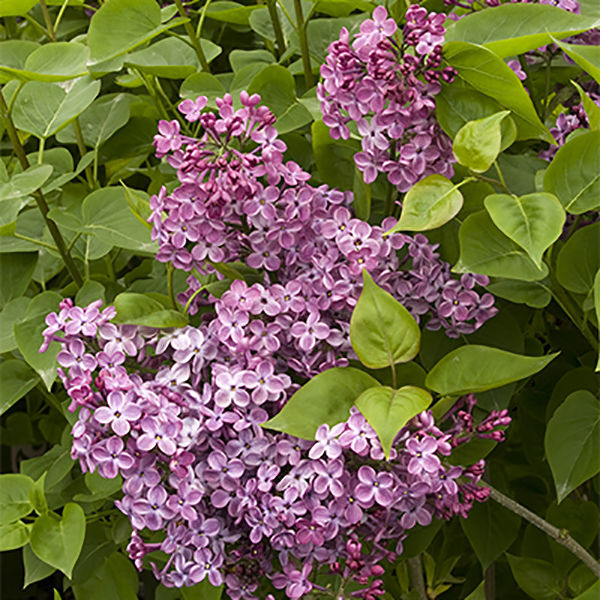 |
Gold Heart Bleeding Heart
|
Declaration Lilac
|
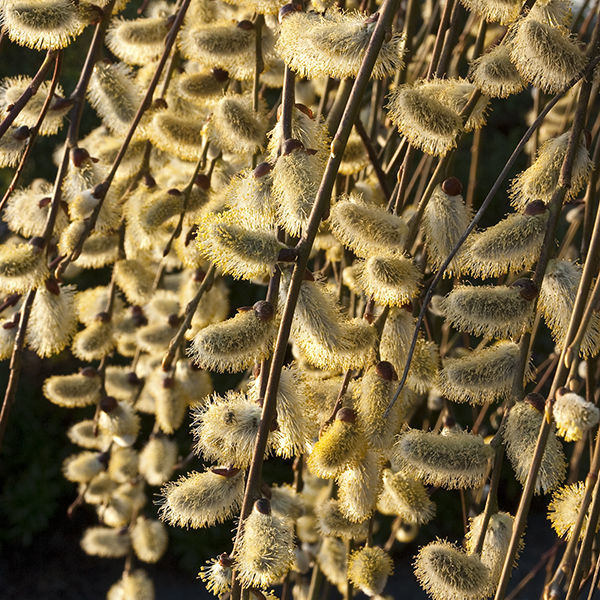 |
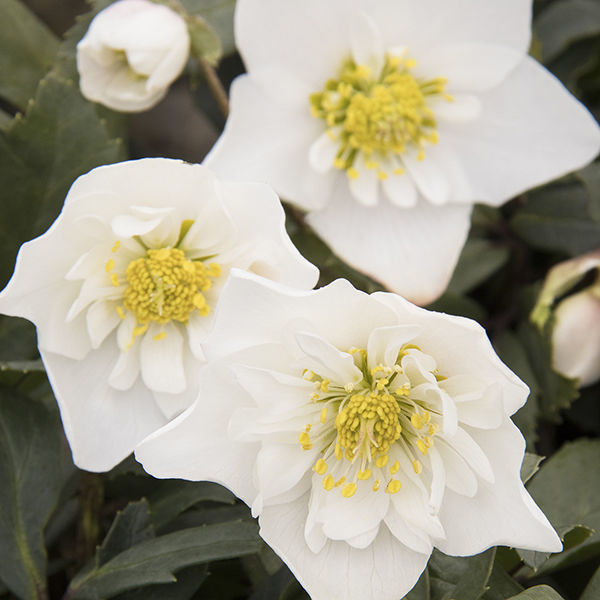 |
Kilmarnock Willow
|
Winter Dreams™ Double Fantasy Christmas Rose
|
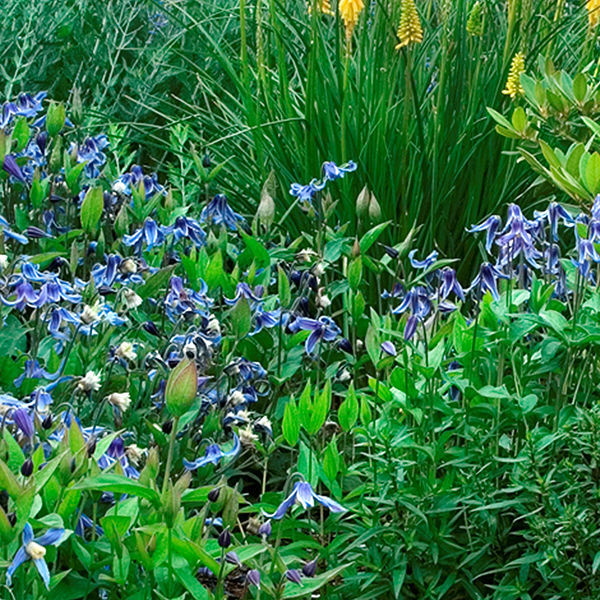 |
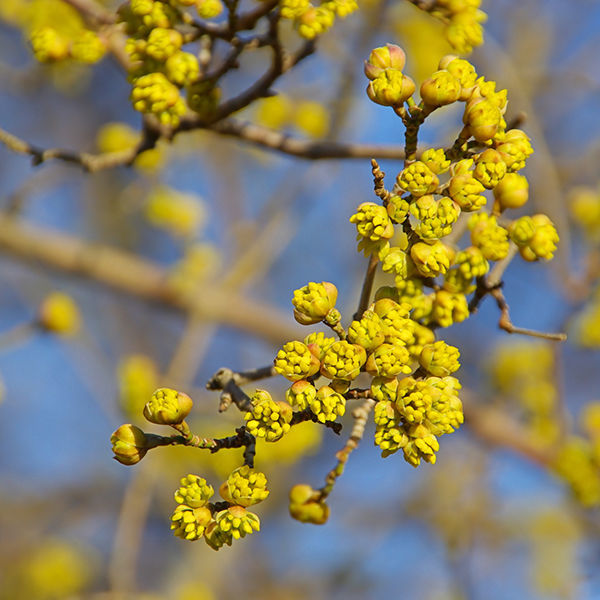 |
Blue Ribbons Bush Clematis
|
Cornelian Cherry Dogwood
|
Zone: 6-8
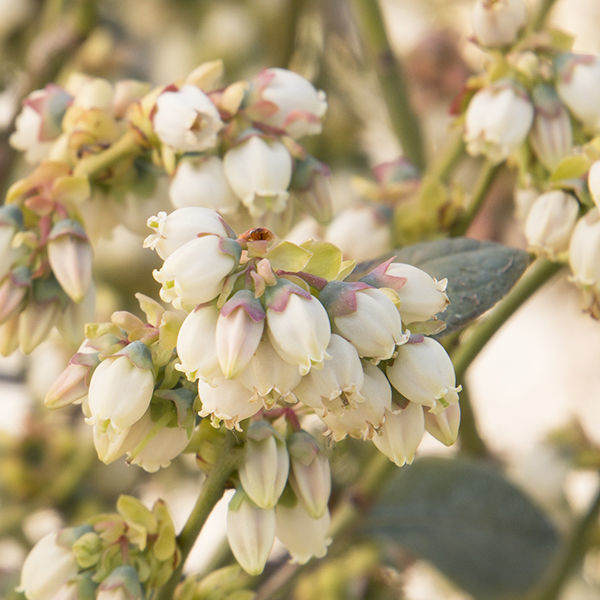 |
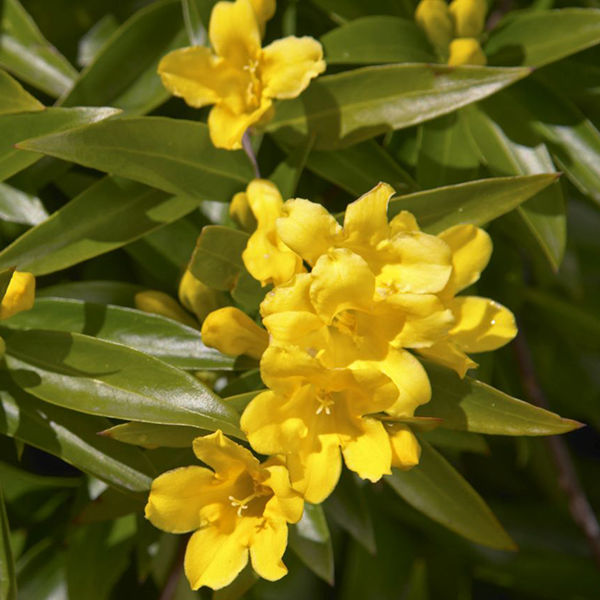 |
Bountiful Blue® BlueberryZone: 6 – 10Blueberries are the gift that keep on giving! Early spring flowers are a big draw for pollinators including returning butterflies. Up to 4′ tall and wide. Full sun. |
Carolina Jessamine
|
 |
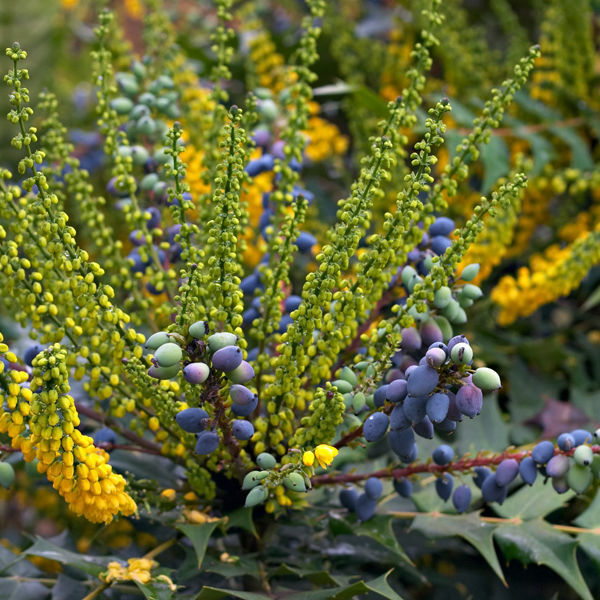 |
Royal Star Magnolia
|
Charity Mahonia
|
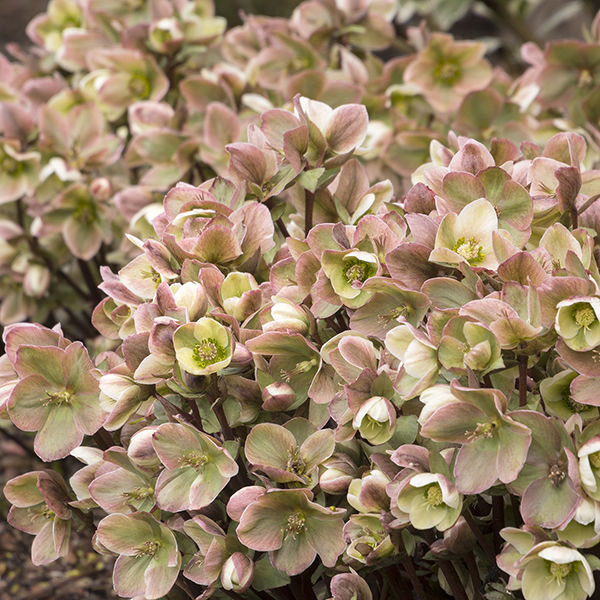 |
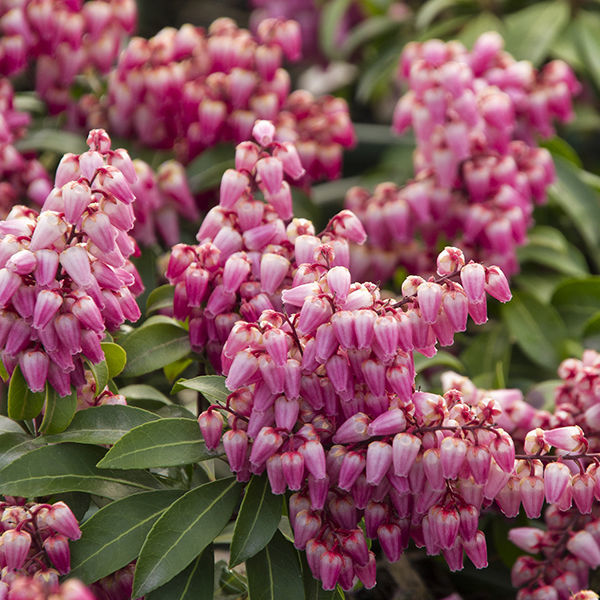 |
Ivory Prince Christmas Rose
|
Enchanted Forest® Impish Elf™ Lily of the Valley Shrub
|
ZONE 9 – 11
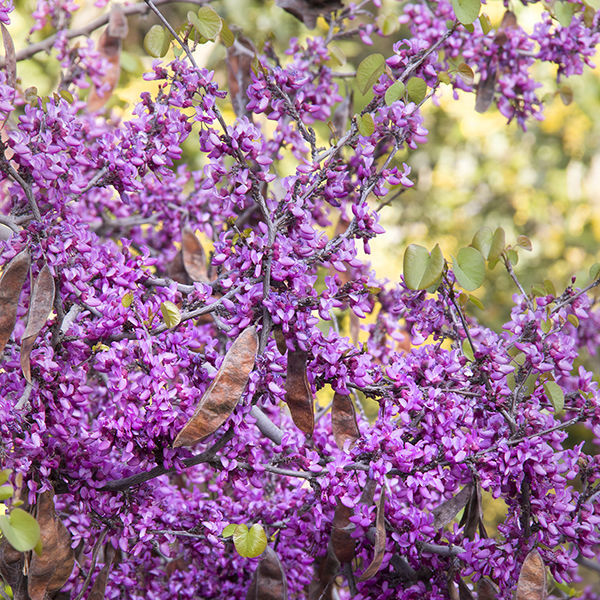 |
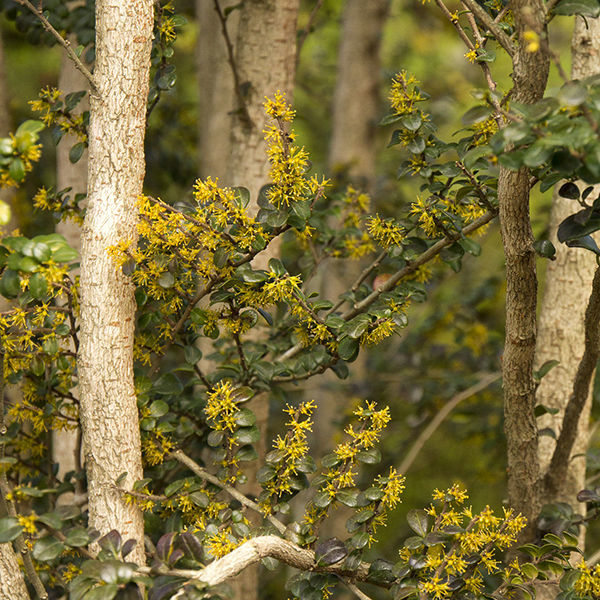 |
Claremont Western Redbud
|
Box-Leaf Azara
|
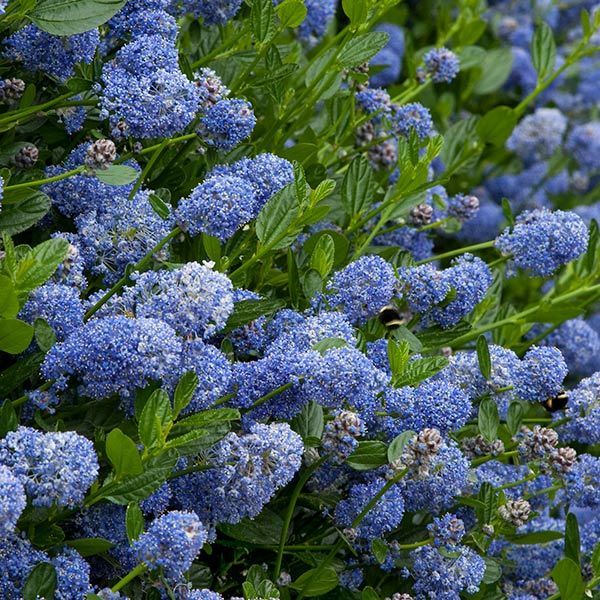 |
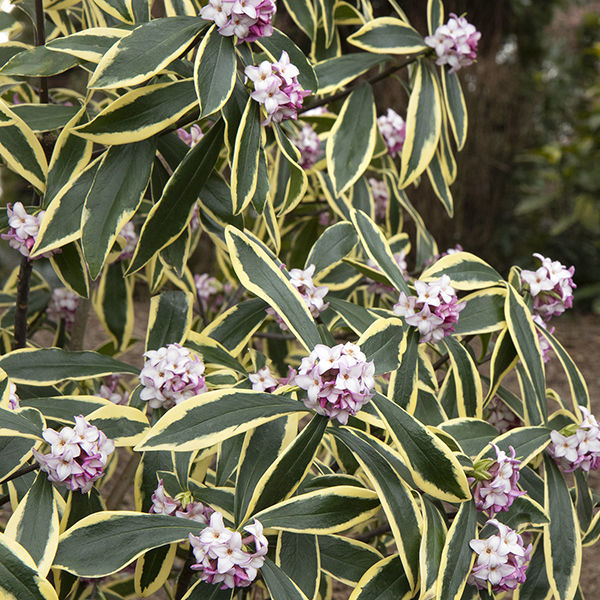 |
Victoria California Lilac
|
Moonlight Parfait® Winter Daphne
|
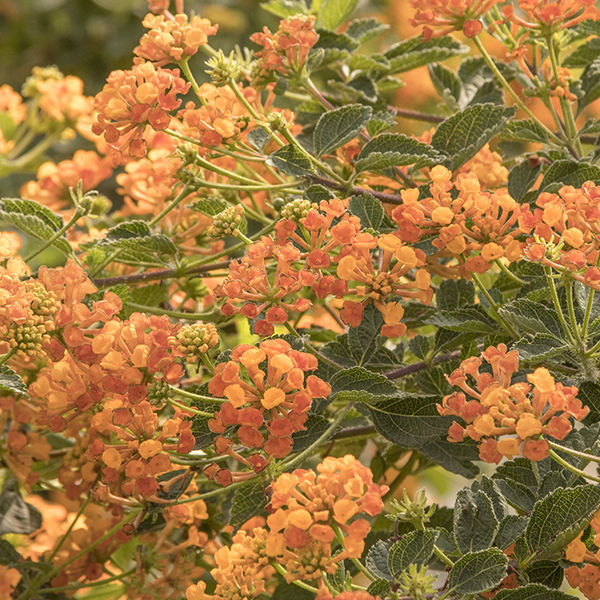 |
 |
Tangerine™ Spreading Lantana
|
Safari Sunrise Aloe
|
TIPS FOR ATTRACTING POLLINATORS
By offering plants that flower from early spring until the first hard frost, your garden can help to provide nutrients for the entire life cycle of bumblebees and other pollinators. Remember, no garden is too small to help create habitat for pollinators. Combine your space with of those other gardens around you and it all adds up!Here are a few tips for attracting pollinators:Determine which pollinator-friendly plants are appropriate for your region.
- Plant lots of them. Make sure there is at least 3 x 3 feet of each plant species. These can be planted together, or in other areas of the garden.
- Limit your use of chemicals (both synthetic and organic) and use plenty of compost and mulch to build healthy soil. Healthy soils create healthy plants.
- Plan your garden so that there is something blooming for as many months as you can manage. Many pollinators, especially bees, forage during the entire growing season.
- Provide shelter by letting your yard get a little wild. Allow a hedge to grow untrimmed, leave a section of lawn unmowed, pile up grass cutting in a sunny spot, and create a nesting habitat by leaving some soil bare for ground nesting bees.
By Kate Karam, Editorial Director at Monrovia
Fine Gardening Recommended Products
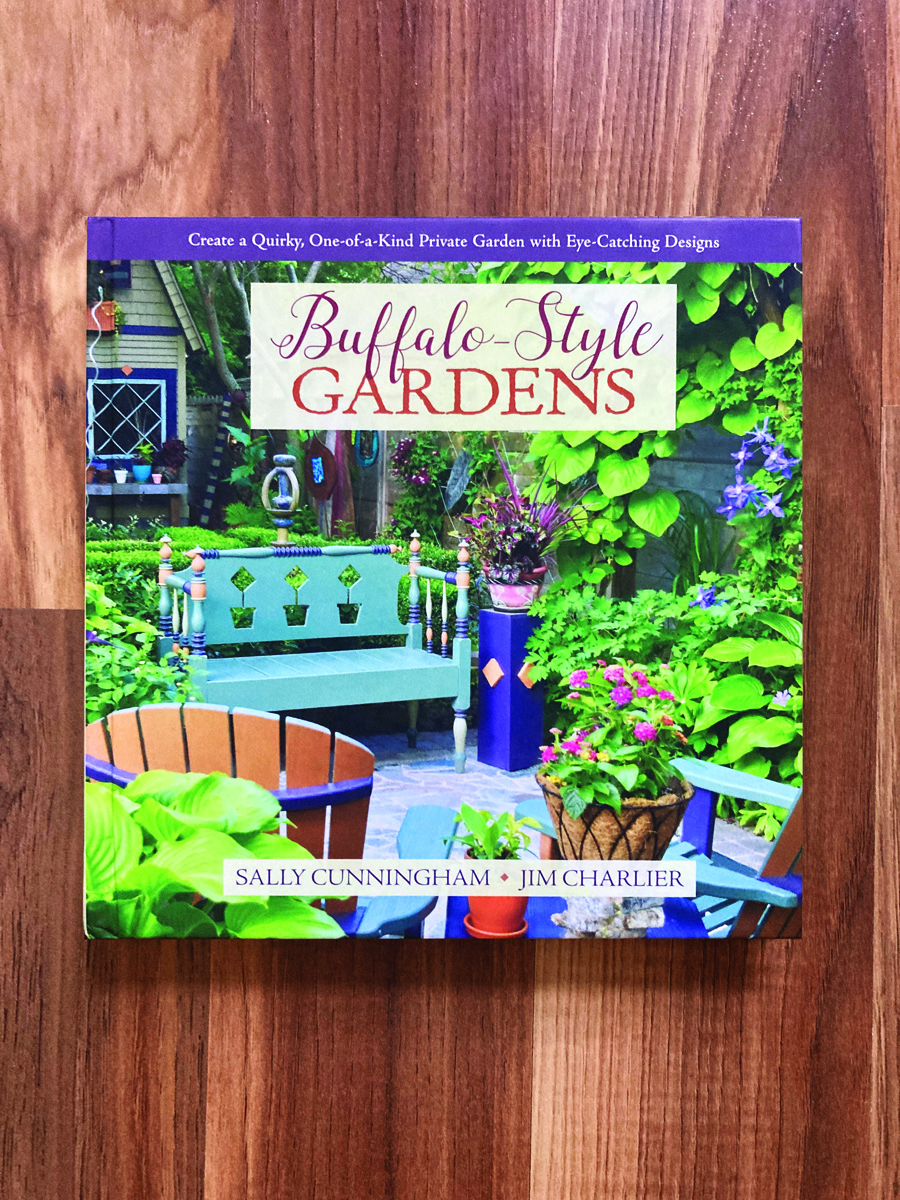
Buffalo-Style Gardens: Create a Quirky, One-of-a-Kind Private Garden with Eye-Catching Designs
Fine Gardening receives a commission for items purchased through links on this site, including Amazon Associates and other affiliate advertising programs.
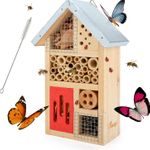
Niteangel Natural Wooden Insect Hotel, Garden Insect House for Ladybugs, lacewings, Butterfly, Bee, Bug
Fine Gardening receives a commission for items purchased through links on this site, including Amazon Associates and other affiliate advertising programs.
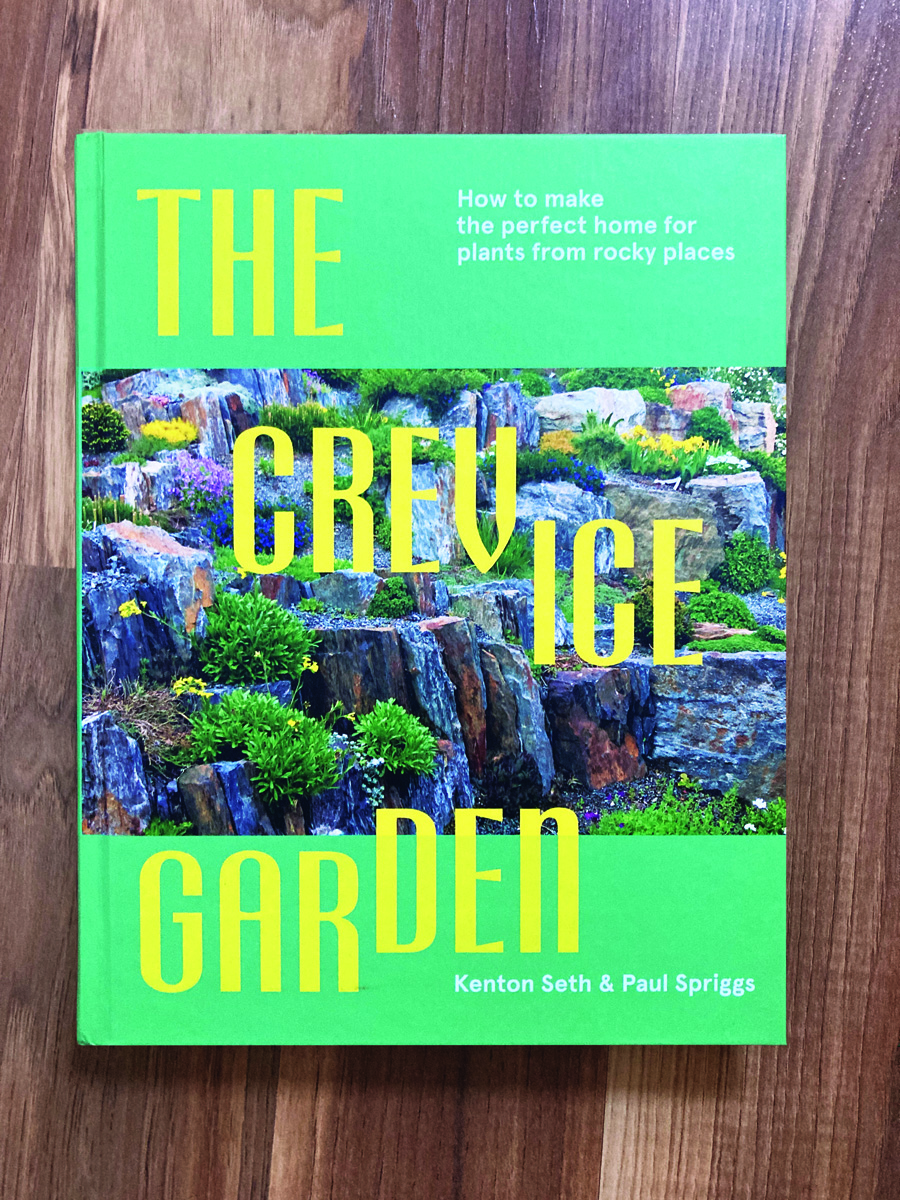
The Crevice Garden: How to make the perfect home for plants from rocky places
Fine Gardening receives a commission for items purchased through links on this site, including Amazon Associates and other affiliate advertising programs.


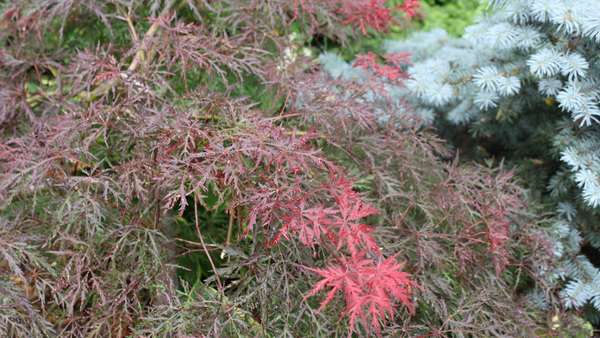
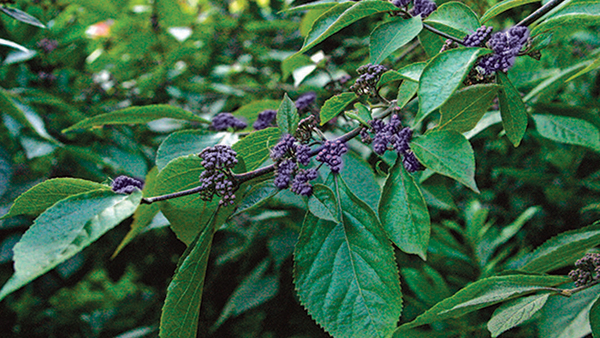
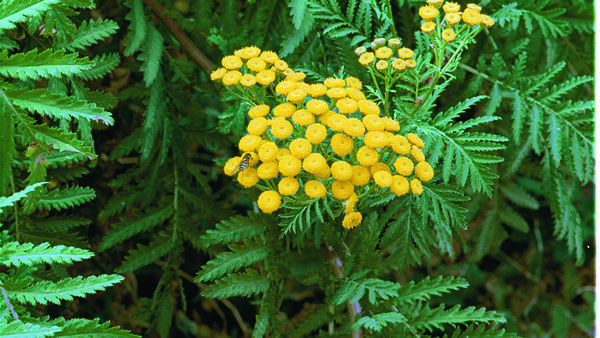
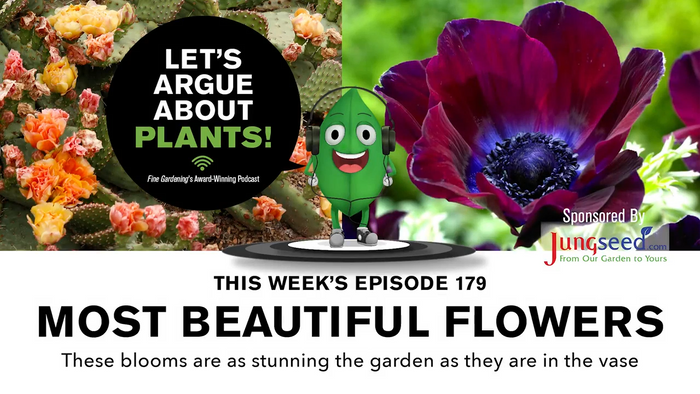

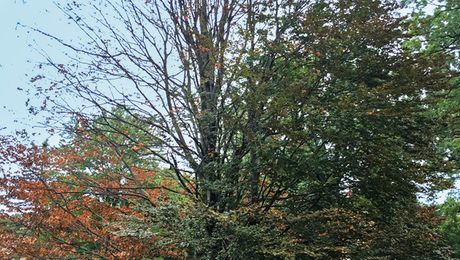










Comments
Log in or create an account to post a comment.
Sign up Log in